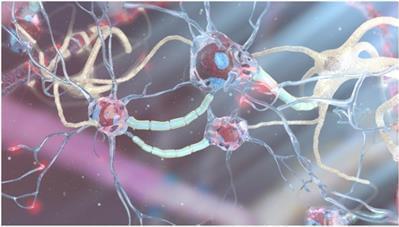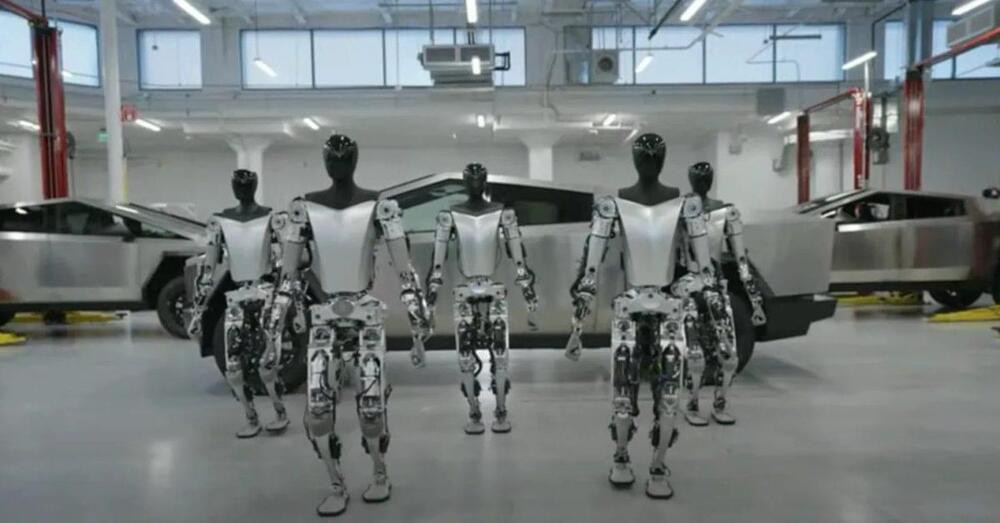The SpaceX Falcon 9 launch of 21 Starlink satellites from Vandenberg Space Force Base climbs into the atmosphere over Southern California at dusk, April 6, 2024.


Credit: SpaceXWatch live as a SpaceX Falcon 9 rocket launches a batch of 21 Starlink internet satellites from Space Launch Complex 4 East at Vandenberg Space…

The settlement terms include Google deleting ‘billions of data records’ that are from the private browsing activities of users involved in the suit. Going forward, Google will also update its disclosure to make users aware of what data it retains from the private browsing sessions.
As per the settlement, Google will also let people using the Incognito mode block third-party cookies for the next five years. The company will also not track the user’s choice of privately browsing the internet.



Process, and store data, most of which is handled by the rapidly expanding cloud. A stable, secure, real-time system may allow for interfacing the cloud with the human brain. One promising strategy for enabling such a system, denoted here as a “human brain/cloud interface” (“B/CI”), would be based on technologies referred to here as “neuralnanorobotics.” Future neuralnanorobotics technologies are anticipated to facilitate accurate diagnoses and eventual cures for the ∼400 conditions that affect the human brain. Neuralnanorobotics may also enable a B/CI with controlled connectivity between neural activity and external data storage and processing, via the direct monitoring of the brain’s ∼86 × 109 neurons and ∼2 × 1014 synapses. Subsequent to navigating the human vasculature, three species of neuralnanorobots (endoneurobots, gliabots, and synaptobots) could traverse the blood–brain barrier (BBB), enter the brain parenchyma, ingress into individual human brain cells, and autoposition themselves at the axon initial segments of neurons (endoneurobots), within glial cells (gliabots), and in intimate proximity to synapses (synaptobots). They would then wirelessly transmit up to ∼6 × 1016 bits per second of synaptically processed and encoded human–brain electrical information via auxiliary nanorobotic fiber optics (30 cm3) with the capacity to handle up to 1018 bits/sec and provide rapid data transfer to a cloud based supercomputer for real-time brain-state monitoring and data extraction. A neuralnanorobotically enabled human B/CI might serve as a personalized conduit, allowing persons to obtain direct, instantaneous access to virtually any facet of cumulative human knowledge. Other anticipated applications include myriad opportunities to improve education, intelligence, entertainment, traveling, and other interactive experiences. A specialized application might be the capacity to engage in fully immersive experiential/sensory experiences, including what is referred to here as “transparent shadowing” (TS). Through TS, individuals might experience episodic segments of the lives of other willing participants (locally or remote) to, hopefully, encourage and inspire improved understanding and tolerance among all members of the human family.
“We’ll have nanobots that… connect our neocortex to a synthetic neocortex in the cloud… Our thinking will be a… biological and non-biological hybrid.”
— Ray Kurzweil, TED 2014
In an effort to enhance the educational outreach of their Starlink constellation, SpaceX has an interactive global map of their Starlink internet satellites, which provides live coverage of every satellite in orbit around the Earth.
A number of companies are racing to make a business on the back of these breakthroughs. Most are figuring out what that business is as they go. “I’ll routinely scream, ‘Holy cow, that is wicked cool’ while playing with these tools,” says Gary Lipkowitz, CEO of Vyond, a firm that provides a point-and-click platform for putting together short animated videos. “But how can you use this at work?”
Whatever the answer to that question, it will probably upend a wide range of businesses and change the roles of many professionals, from animators to advertisers. Fears of misuse are also growing. The widespread ability to generate fake video will make it easier than ever to flood the internet with propaganda and nonconsensual porn. We can see it coming. The problem is, nobody has a good fix.
As we continue to get to grips what’s ahead—good and bad—here are four things to think about. We’ve also curated a selection of the best videos filmmakers have made using this technology, including an exclusive reveal of “Somme Requiem,” an experimental short film by Los Angeles–based production company Myles. Read on for a taste of where AI moviemaking is headed.

Tesla is working on “private 5G” infrastructure to be connected to its electric vehicles and Optimus robot.
The automaker was early in including internet connectivity in all its vehicles. There were many reasons for this. It enabled over-the-air software updates and connectivity features, and it also allowed Tesla to collect a lot of data.
Tesla started with 3G connectivity and later updated to 4G LTE, but now, we learn that the automaker is looking to upgrade to 5G.

But the thing you have to understand about a search engine is that a search engine is many things. For all the people using Google to find important and hard-to-access scientific information, orders of magnitude more are using it to find their email inbox, get to Walmart’s website, or remember who was president before Hoover. And then there’s my favorite fact of all: that a vast number of people every year go to Google and type “google” into the search box. We mostly talk about Google as a research tool, but in reality, it’s asked to do anything and everything you can think of, billions of times a day.
The real question in front of all these would-be Google killers, then, is not how well they can find information. It’s how well they can do everything Google does. So I decided to put some of the best new AI products to the real test: I grabbed the latest list of most-Googled queries and questions according to the SEO research firm Ahrefs and plugged them into various AI tools. In some instances, I found that these language model-based bots are genuinely more useful than a page of Google results. But in most cases, I discovered exactly how hard it will be for anything — AI or otherwise — to replace Google at the center of the web.
People who work in search always say there are basically three types of queries. First and most popular is navigation, which is just people typing the name of a website to get to that website. Virtually all of the top queries on Google, from “youtube” to “wordle” to “yahoo mail,” are navigation queries. In actual reality, this is a search engine’s primary job: to get you to a website.